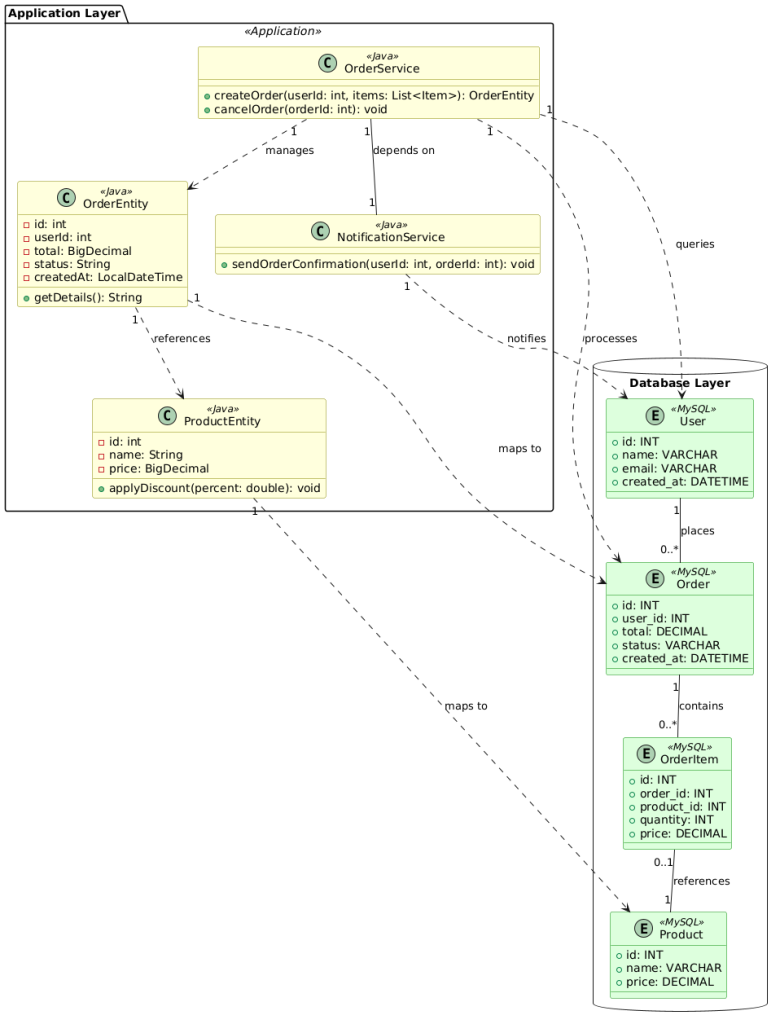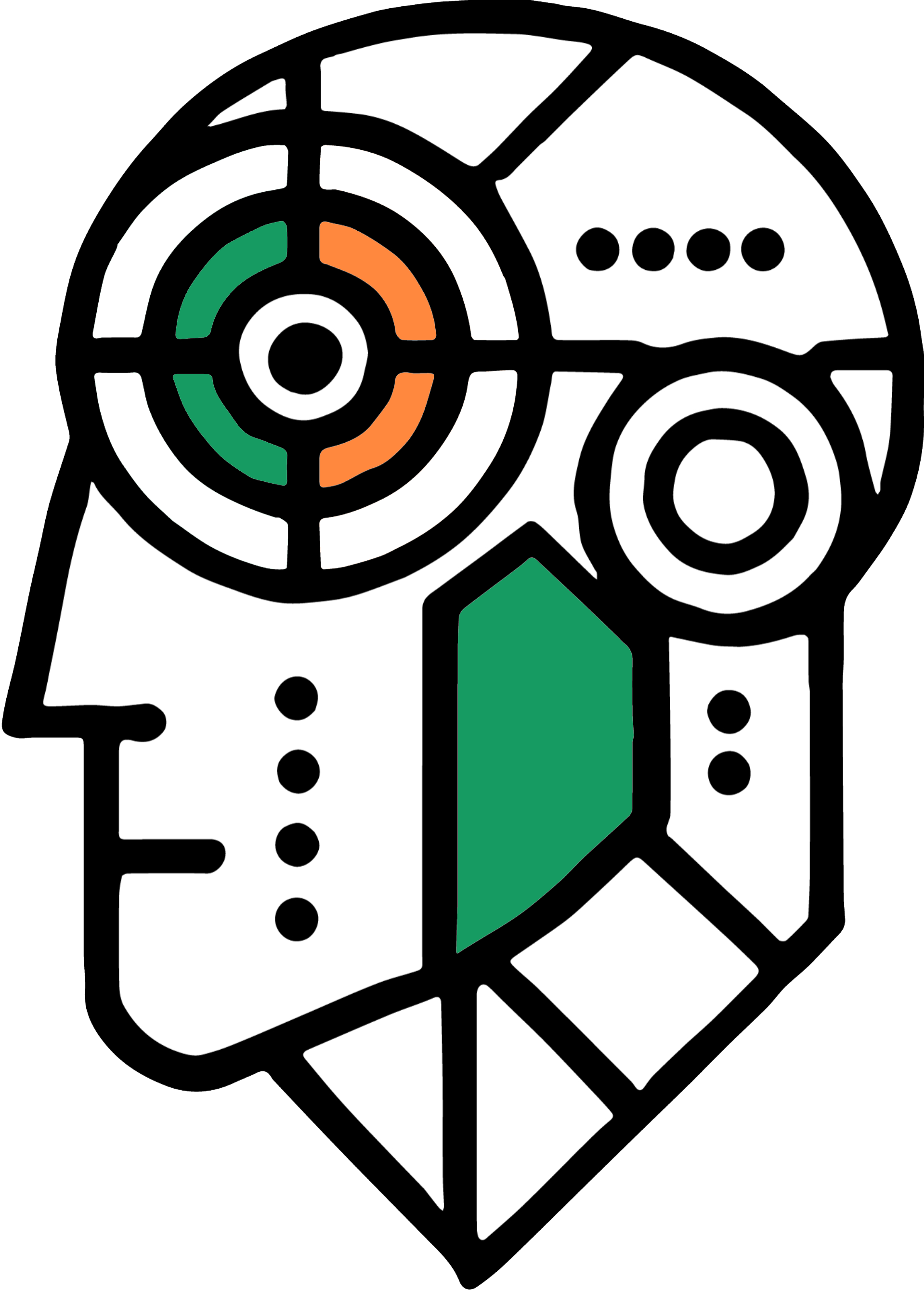In the ever-evolving world of data, a well-defined Domain Model is crucial for building robust, scalable, and maintainable data systems. This article delves deep into the concept of Domain Models, exploring their significance, components, and practical applications within data architecture. We'll examine how a thoughtfully crafted Domain Model bridges the gap between business requirements and technical implementation, ensuring data consistency, clarity, and long-term success.
Why Domain Models Matter
Data is the lifeblood of modern organizations, but it's useless without context. A Domain Model provides that crucial context by representing the core business concepts and their relationships in a structured way. It acts as a common language between business stakeholders and technical teams, fostering clear communication and reducing ambiguity. By enforcing consistent definitions and relationships, it minimizes data inconsistencies and errors. A Domain Model also provides a foundation for establishing data ownership, access control, and data lineage, enhancing data governance. Furthermore, it guides the design of databases, data warehouses, and other data systems, ensuring alignment with business needs and facilitating iterative development by providing a clear framework for evolving data structures.
Domain Model's Place in the Architecture
It's crucial to understand where the Domain Model resides within your overall system architecture. Think of it as a bridge connecting the database layer (where your data is physically stored) and the application layer (which contains the logic and functionality of your applications). The Domain Model informs the design of your database schema, ensuring it accurately reflects the business entities and relationships. It also provides the conceptual framework for how your application interacts with and manipulates data. By sitting above the database and below the application, the Domain Model ensures consistency and alignment between how data is stored and how it is used.

Anatomy of a Domain Model
A Domain Model is more than just a diagram; it's a comprehensive representation of a business domain. Key components include: Entities, representing the key objects or concepts within the domain (e.g., Customer, Product, Order); Attributes, which are the properties that describe entities (e.g., Customer Name, Product Price, Order Date); Relationships, defining how entities interact with each other (e.g., a Customer places an Order, an Order contains multiple Products); Domain Events, capturing significant occurrences within the domain (e.g., Order Placed, Payment Processed); and Business Rules, defining constraints and validations that ensure data integrity (e.g., an Order cannot be placed without a valid Customer).
Building Effective Domain Models
Creating a successful Domain Model requires a collaborative approach and a deep understanding of the business domain. Involve business users, subject matter experts, and analysts to capture accurate and comprehensive domain knowledge. Prioritize capturing the core business concepts and rules, not just data structures. Start with a high-level model and refine it through ongoing discussions and feedback. Employ diagrams (UML, entity-relationship diagrams) to visualize the model and facilitate communication. Maintain detailed documentation of the model, including definitions, relationships, and business rules.
Domain Models in Action
An e-commerce example illustrates this:
- - Attributes: CustomerID, CustomerName, ProductID, ProductName, OrderDate, PaymentAmount, ShipmentTrackingNumber
- Relationships: A Customer can place many Orders, an Order contains many Products, a Payment is associated with an Order, a Shipment fulfills an Order.
- Domain Events: OrderPlaced, PaymentReceived, ShipmentConfirmed
- Business Rules: An Order must have at least one Product, a Payment amount cannot exceed the Order total.
This model provides a clear framework for designing data structures, developing applications, and implementing business processes related to e-commerce operations.
The Anemic Domain Model: A Cautionary Tale
While striving for a rich Domain Model, beware of the Anemic Domain Model anti-pattern. This occurs when your domain objects are mere data containers (with just getters and setters) and lack any real business logic. This leads to business logic being scattered throughout your application, often in service classes, causing code duplication, reduced maintainability, and a weaker connection to the actual domain. Instead, encapsulate business logic within your domain objects. For example, include a calculateTotal() method within the Order entity itself, rather than having a separate service to calculate an order total. This makes your model more expressive and easier to understand.
Beyond the Basics: Advanced Concepts
For complex domains, consider these advanced concepts:
- Bounded Contexts: Break down the model into smaller, manageable contexts with clear boundaries.
- Aggregates: Group related entities into aggregates to enforce data consistency and simplify data management.
- Event Sourcing: Capture domain events as the primary source of truth, enabling auditability and historical analysis.
Final Thoughts
A well-crafted Domain Model is a cornerstone of effective data architecture. By capturing the essence of a business domain, it empowers organizations to build data systems that are not only efficient and scalable but also truly aligned with their strategic goals. As data architects, it's our responsibility to champion the use of Domain Models and guide their evolution to ensure data remains a valuable asset in the ever-changing business landscape.
